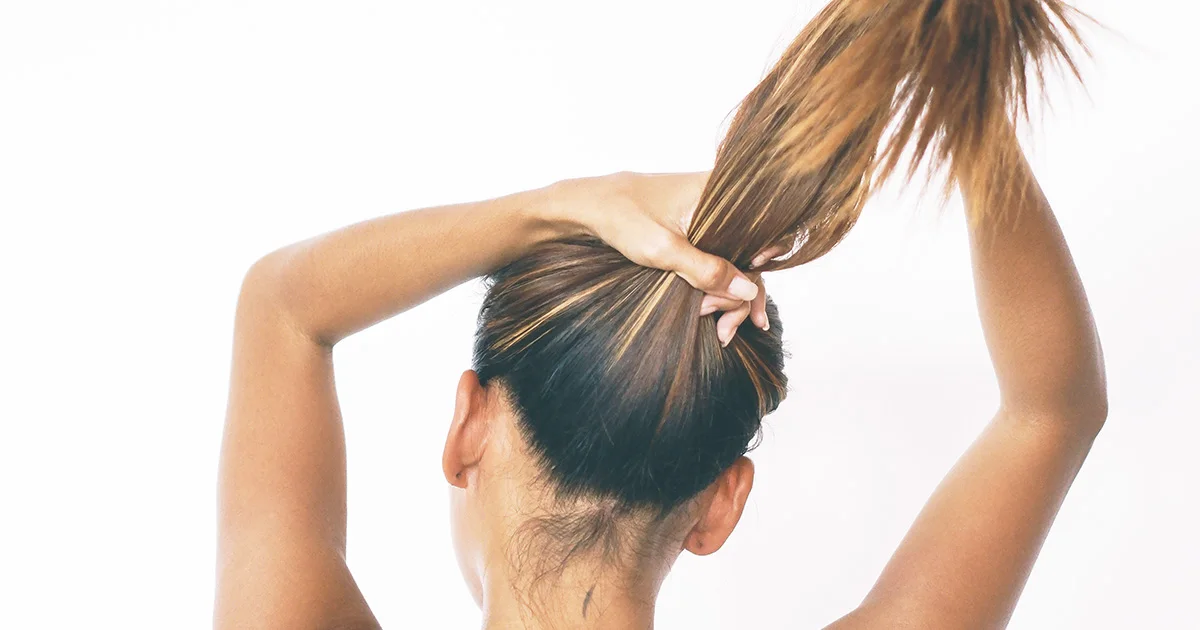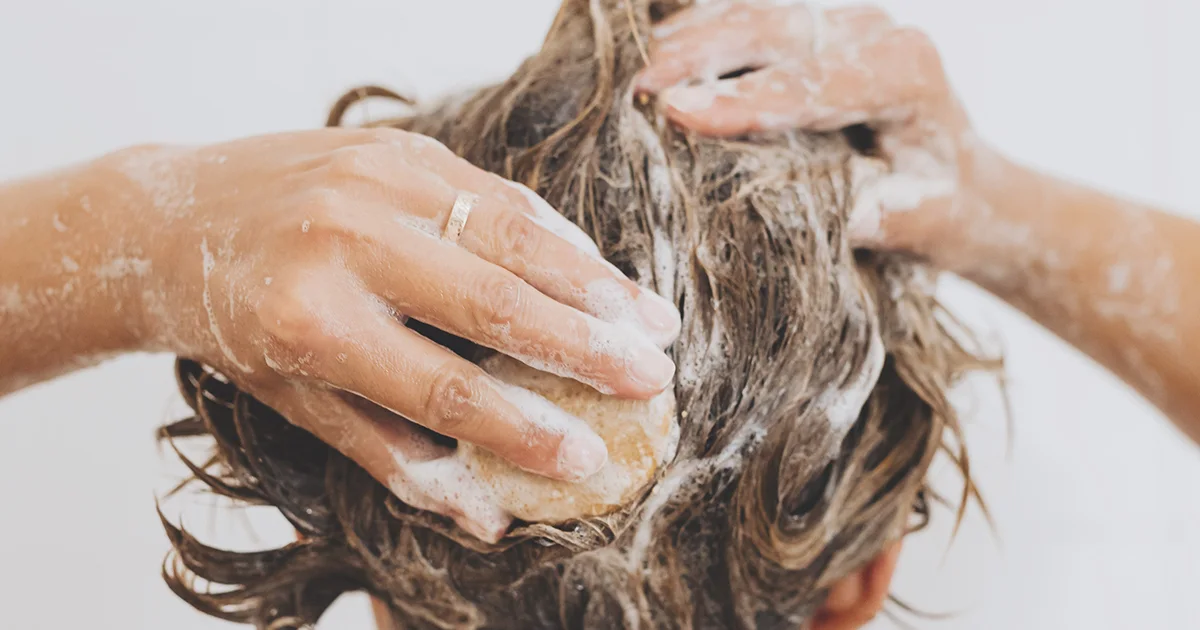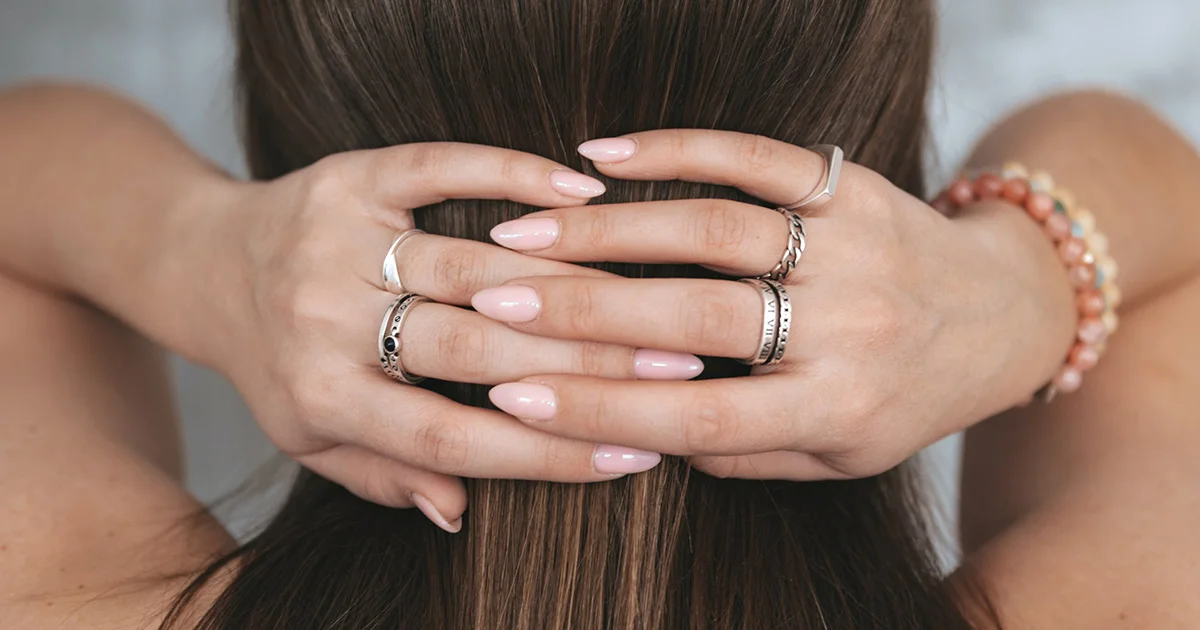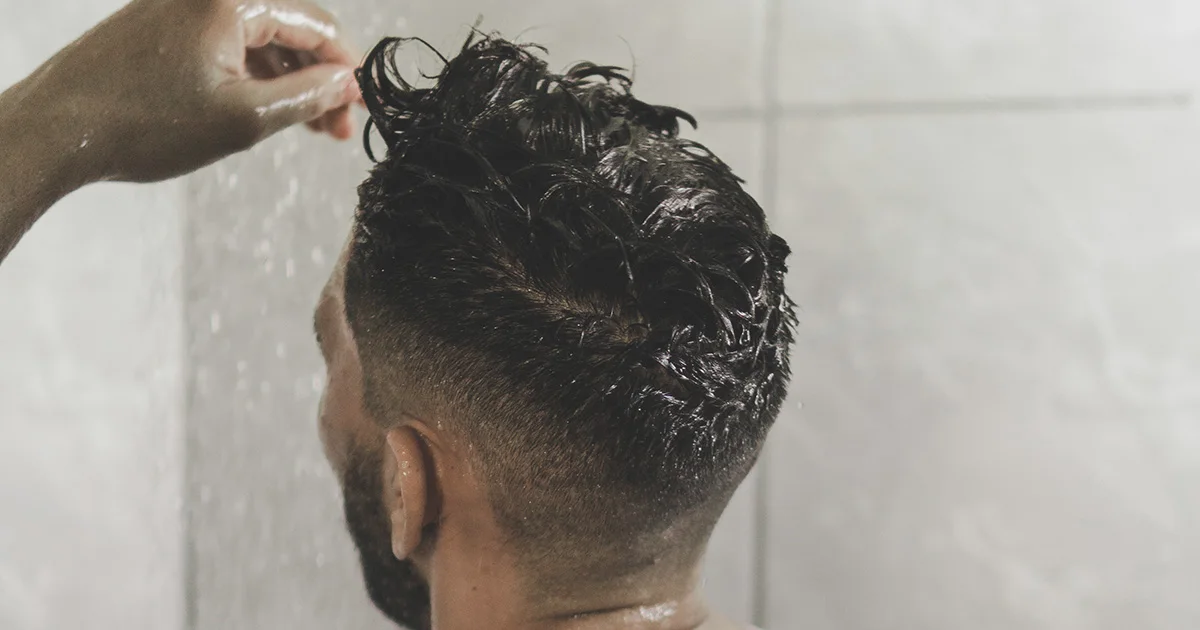Here's what we'll cover
Here's what we'll cover
Have you ever caught yourself brushing a field of white flakes off your shoulders? If so, you are not alone. Dandruff is very common, and, despite the old wives’ tale, it is not due to not washing your hair. Here we will discuss the many causes, symptoms, treatment options, and ways to prevent those pesky white flakes.
What is dandruff?
Approximately 50 million Americans and 50% of the adult population worldwide suffer from dandruff (Borda, 2015). Dandruff is a common scalp condition in which small pieces of dry scalp skin fall off in flakes. It can also cause a scaly, itchy scalp. It usually starts during puberty, peaks in your 20s, and is less common over 50 years old (Borda, 2015).
Dandruff is related to another skin condition called seborrheic dermatitis. In fact, some people consider them to be the same essential condition but varying in severity.
In seborrheic dermatitis, the skin condition affects more than just the scalp—the face, behind the ears, and the upper chest can also be involved. When it occurs on the scalp of infants, it is commonly called a "cradle cap." In addition, visible skin inflammation, redness, and itching are common in seborrheic dermatitis. Typically, you don’t have skin inflammation with dandruff (Borda, 2015).
What causes dandruff?
Many people assume dandruff is a sign of poor hygiene or not shampooing enough—it’s not! Scientists don’t know what causes dandruff, but several factors make you more prone to having it, including the presence of fungal colonization, the oiliness of your skin, and your personal tendency toward dandruff. It is not infectious or contagious.
The skin fungus Malassezia lives on the skin of people both with and without dandruff. However, people with dandruff seem to be more sensitive to the fungus. Studies found that the Malassezia fungus causes a breakdown in the skin barrier of the scalp and triggers an inflammatory response and the characteristic flaking (Borda, 2015).
As mentioned, dandruff is related to seborrheic dermatitis, and it turns out that both conditions are affected by the oiliness of your skin. You have oil glands (sebaceous glands) in the skin over most of your body, but you produce the most oil (sebum) in the scalp, face, and chest (Borda, 2015).
The amount of sebum that your sebaceous glands produce is also related to hormonal changes. This goes along with the age-related pattern seen in dandruff. Your sebum production increases in puberty and into your 20s and then decreases after age 30–60, mirroring the pattern of dandruff appearance (Borda, 2015).
However, people with dandruff can have normal sebum production and vice versa; the relationship between skin oils and dandruff is not a straightforward one (Ranganathan, 2010).
One theory is that the increased oil in some people with dandruff makes it easier for the Malassezia fungus to grow (Borda, 2015).
Several other factors, like skin barrier health, immune system response, emotional stress, and genetics—among others—may also play a role in developing dandruff. Some believe that scalp irritation due to over-shampooing and the use of certain hair products can cause dandruff, but research has yet to prove these assumptions (Ranganathan, 2010).
Risk factors for dandruff
Dandruff is most common in puberty, peaks in your 20s, and then decreases as you age. It is more common in men than in women and may be related to male hormones called androgens.
Common risk factors for dandruff include (Borda, 2015):
Genetics
Oily skin
Fungal colonization with Malassezia fungus
People with changes in skin barrier function
Stress
Nutrition
Immune system function
The incidence seems to vary among different ethnic groups in the United States, with the highest percentage of dandruff found in African Americans (81–95%) followed by 66–82% in Caucasians and 30–42% in those of Chinese descent (Borda, 2015).
Dandruff is also seen in higher frequencies in people with weak immune systems, like those with HIV/AIDS. People with Parkinson’s disease and other neurologic diseases like traumatic brain injury are more likely to have dandruff (Borda, 2015).
Signs and symptoms of dandruff
The main signs and symptoms of dandruff are white oily flakes throughout your scalp and hair. Sometimes your scalp will itch, but you don’t usually see redness or inflammation. Dandruff can spread to your hairline, eyebrows, and behind your ears (Borda, 2015).
Symptoms may get worse in the winter when your skin is drier (Ranganathan, 2010).
Treatments for dandruff
While annoying (and sometimes embarrassing), dandruff can be treated and controlled. According to the American Academy of Dermatology (AAD), the most effective dandruff treatment is using dandruff shampoos and scalp treatments (AAD, n.d.). Talk to your dermatologist about your dandruff to develop a treatment plan that is right for you.
Not all anti-dandruff shampoos are created equal—if you suffer from dandruff, you should use a medicated shampoo that contains one or more of the following active ingredients (Ranganathan, 2010):
Salicylic acid: Salicylic acid decreases scaling and prevents skin cells from clumping together to form flakes, allowing them to wash away.
Sulfur: Sulfur works by preventing skin cell clumping and via its antibacterial and antifungal properties.
Zinc pyrithione (sometimes called pyrithione zinc): Zinc pyrithione helps dandruff through its antibacterial and antifungal properties. It also helps improve sebum production.
Tar: Coal tar shampoos decrease flakes by slowing how quickly your scalp cells die and turnover. By reducing flakes, they may also decrease Malassezia colonization.
Selenium sulfide: Selenium sulfide is an antifungal medication that works against the Malassezia fungus, contributing to dandruff in some people.
Ketoconazole: Ketoconazole (brand name Nizoral) is an antifungal drug that improves dandruff by killing the dandruff-causing fungi Malassezia. This is available both over-the-counter and by prescription.
If one shampoo doesn’t work for you, try one with a different active ingredient. Sometimes a shampoo will work for a few weeks and then lose its effectiveness. Again, trying a different type of dandruff shampoo may help.
Home remedies have not been studied as extensively as the anti-dandruff shampoos and scalp treatments. Some popular options include tea tree oil, coconut oil, apple cider vinegar, and stress reduction (Borda, 2015).
How to prevent dandruff
It is challenging to prevent dandruff completely, but there are some things you can do to decrease your risk of having those annoying white flakes.
Shampoo regularly—especially if you have oily hair—to decrease the oil build-up. However, if you over-shampoo, you will strip your scalp of the necessary oils, and you can develop dry skin along with an itchy, flaky scalp. According to the AAD, if you have dandruff and are Caucasian or Asian, shampooing daily and using dandruff shampoo twice a week may be beneficial. If you have dandruff and are African-American, limit shampooing to once a week using a dandruff shampoo (AAD, n.d.). Talk to your dermatologist if you have questions about how often you should be shampooing.
Manage your stress.
Make sure to follow the instructions on the dandruff shampoo bottles. Some require you to leave them on the scalp for several minutes, while others need immediate rinsing.
Limit your hair care products, as they can build up in your hair and scalp, increasing skin oiliness.
When to see a dermatologist for your dandruff
Since there are so many over-the-counter options for dandruff, most people give some of them a try before making an appointment to see their healthcare provider. However, if your dandruff and itching don’t improve with anti-dandruff shampoo, see your dermatologist for an evaluation. They can advise you regarding how often you should be shampooing, which shampoos to use, etc.
DISCLAIMER
If you have any medical questions or concerns, please talk to your healthcare provider. The articles on Health Guide are underpinned by peer-reviewed research and information drawn from medical societies and governmental agencies. However, they are not a substitute for professional medical advice, diagnosis, or treatment.
American Academy of Dermatology (AAD). (n.d.) How to treat dandruff. Retrieved June 4, 2021 from https://www.aad.org/public/everyday-care/hair-scalp-care/scalp/treat-dandruff
Borda, L., & Wikramanayake, T. (2015). Seborrheic dermatitis and dandruff: a comprehensive review. Journal Of Clinical And Investigative Dermatology , 3 (2). doi: 10.13188/2373-1044.1000019. Retrieved from https://pubmed.ncbi.nlm.nih.gov/27148560/
Ranganathan, S., & Mukhopadhyay, T. (2010). Dandruff: The most commercially exploited skin disease. Indian Journal Of Dermatology , 55 (2), 130. doi: 10.4103/0019-5154.62734. Retrieved from https://pubmed.ncbi.nlm.nih.gov/20606879/










